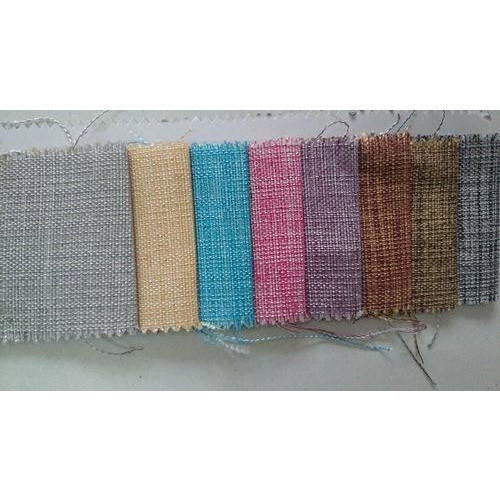The cotton versus synthetics, a battle for sustainability and performance
Catherine Salfino in a recent article ‘Consumers Want More Natural Fibers — Here’s How to Innovate & Give Them What They Want,’ highlights the growing demand for natural fibers like cotton from consumers and the challenges the fashion industry faces in meeting this demand while ensuring sustainability and performance. It emphasizes the importance of innovation and collaboration within the industry to develop solutions that satisfy consumer preferences without compromising the environment.
The article argues the fashion industry faces a dilemma: consumers crave the natural comfort and sustainability of cotton, yet synthetics often trumps in performance and affordability. Taking it forward here is a look at both sides of the coin, diving into the justifications for each material and their potential for a sustainable future.
What works for cotton?
- Consumer preference:Almost 73 per cent of US consumers favor cotton blends, valuing their comfort and breathability revealed a Cotton Incorporates’ Lifestyle Monitor Survey.
- Sustainability:Cotton biodegrades faster than synthetics, posing less of a landfill threat.
- Natural aesthetics:Undyed cotton has inherent beauty, reducing the need for potentially harmful dyes.
- Innovation:CottonWorks Fabricast library offers access to innovative cotton fabrics with performance features like moisture-wicking and water repellent.
- Digitalization:The CottonWorks virtual showroom and digital fabrics reduces physical sampling, saving resources and time.
In favor of synthetics
- Performance:Synthetics often excel in moisture-wicking, durability, and wrinkle resistance, crucial for activewear and outdoor apparel.
- Affordability:Production costs are generally lower for synthetics, making them more accessible and affordable.
- Technological advancements:New technologies are constantly improving the performance and sustainability of synthetics.

Cotton vs synthetics a comparison
|
Feature |
Cotton |
Synthetics |
|
Consumer Preference |
High |
Varies by use case |
|
Biodegradability |
High |
Low |
|
Natural Aesthetics |
High |
Limited |
|
Performance (moisture-wicking, etc.) |
Moderate |
High |
|
Affordability |
Moderate |
High |
|
Sustainability (current) |
Moderate |
Low |
Despite their positives there are contrasting arguments for and against cotton and synthetics. The moot point is can synthetics fully replace cotton? While some argue, organic cotton, even though its more sustainable than conventional cotton, still requires significant water usage and land resources. At the same time, proponents highlight the potential of bio-based synthetics made from renewable resources like corn or sugarcane. However, their production scale and environmental impact remain uncertain. Indeed synthetics offer performance benefits however its lacks the inherent comfort and breathability of cotton. Moreover, environmental impact remains a concern. As some brands engage in greenwashing they mislead consumers about their sustainability efforts.
What lies ahead…
Hybrid solutions: Blending cotton with performance-enhancing synthetics can offer a middle ground, balancing comfort and functionality. For example, Everlane prioritizes transparency and uses organic cotton whenever possible, showcasing a commitment to natural fibers. Many however say, organic cotton and recycled synthetics often come with higher production costs, impacting affordability.
Sustainable synthetics: Investing in recycled or bio-based synthetics can lessen their environmental impact.
Consumer education: Raising awareness about the lifecycle of both materials can empower consumers to make informed choices. In fact, many consumers are unaware of the sustainability implications of their clothing choices.
Industry collaboration: Collaboration between brands, fabric producers, and researchers is crucial to develop truly sustainable and high-performing alternatives. For example, Patagonia champions recycled polyester in its clothing, demonstrating progress in sustainable synthetics.
The ‘cotton vs synthetics’ debate is complex, with compelling arguments on both sides. Finding the optimal solution requires a multifaceted approach that embraces innovation, education, and collaboration. Ultimately, the goal is to provide consumers with comfortable, functional, and sustainable clothing choices that minimize environmental impact.
